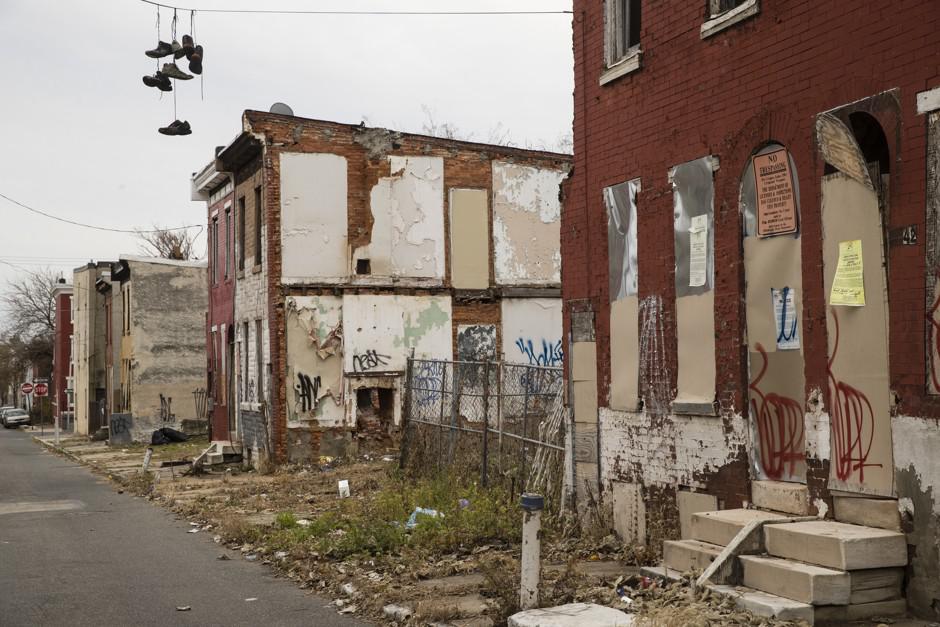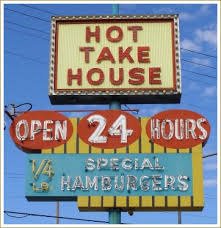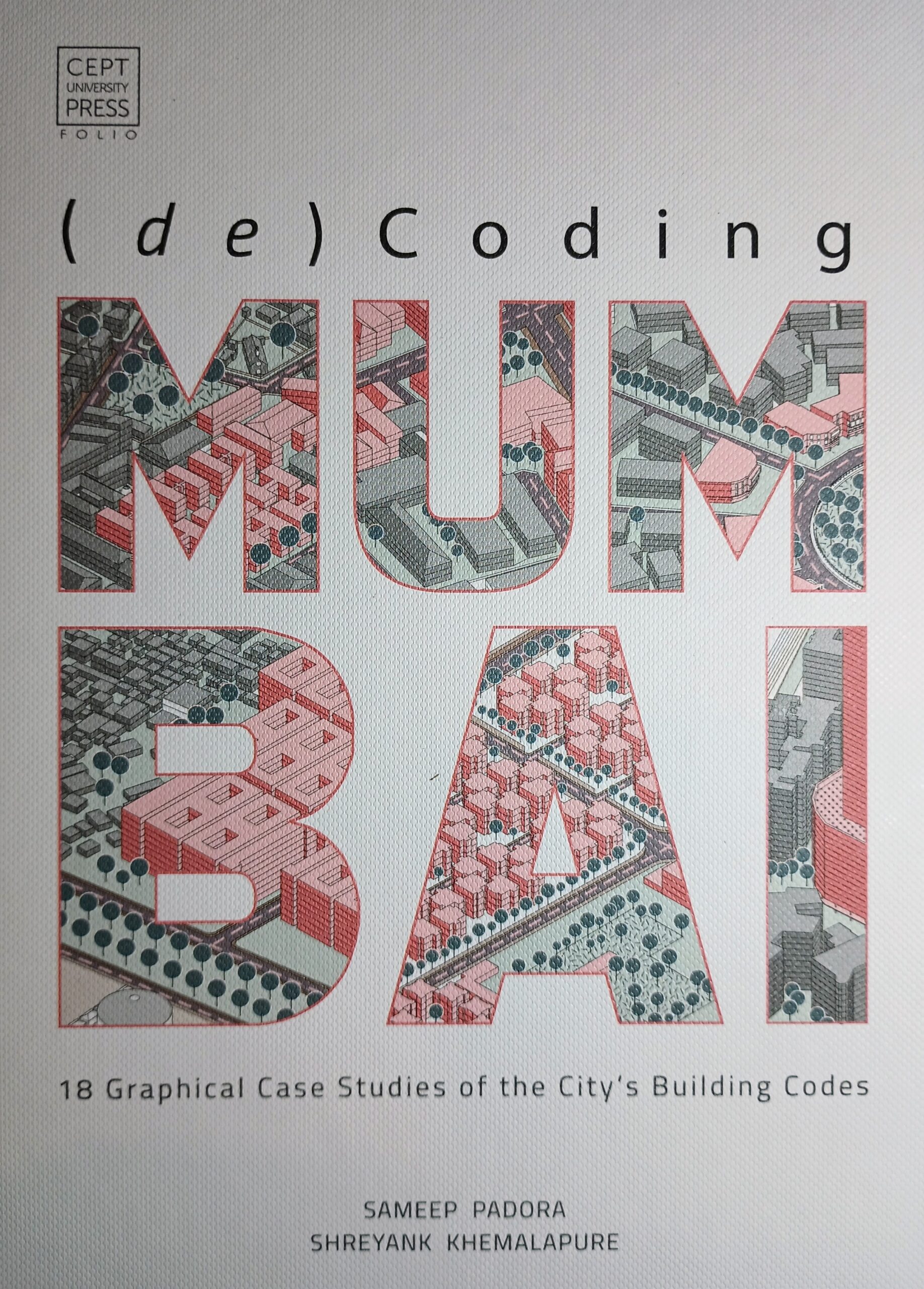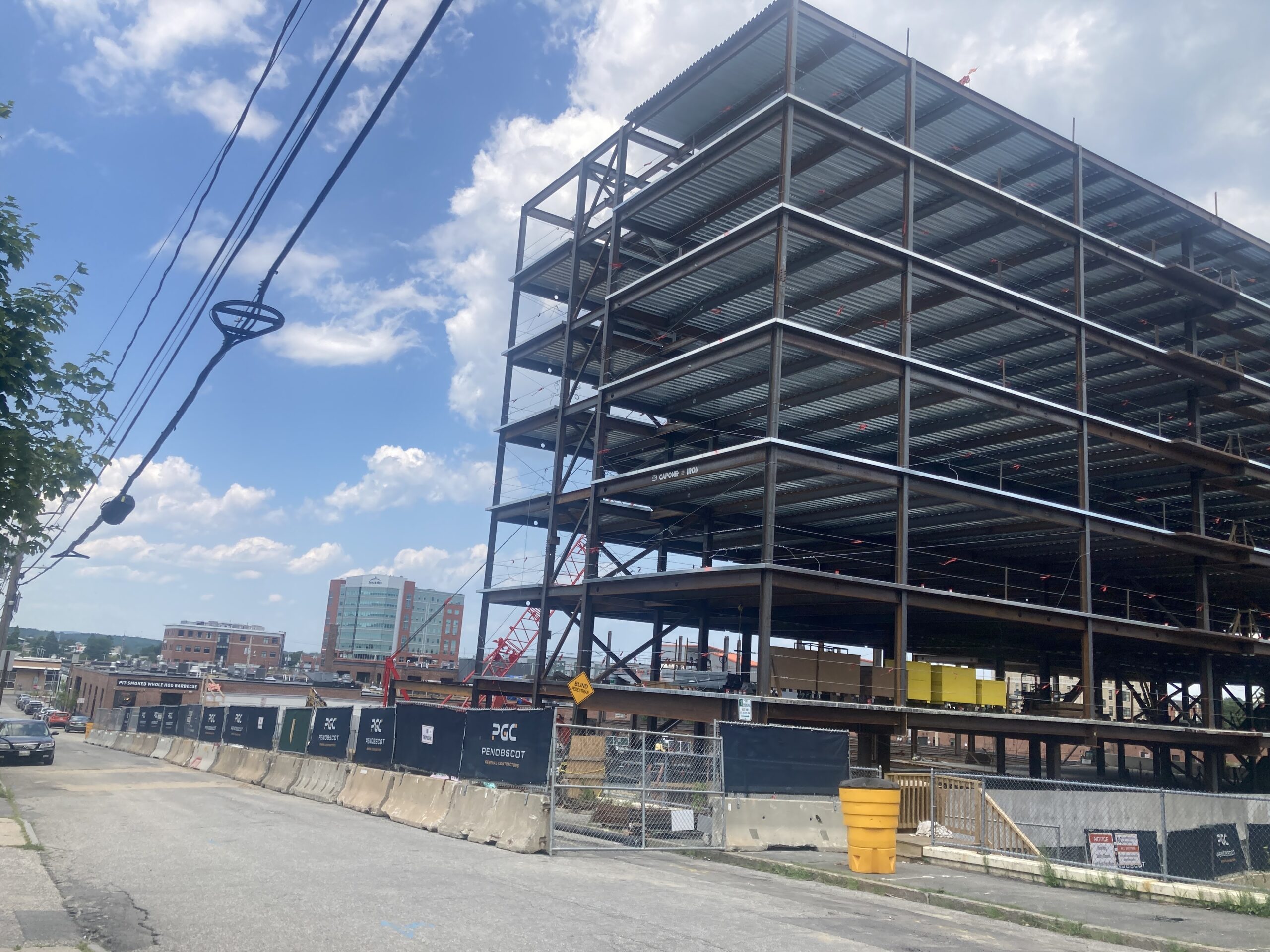Physical Address
304 North Cardinal St.
Dorchester Center, MA 02124
Physical Address
304 North Cardinal St.
Dorchester Center, MA 02124

Autonomous vehicles will cause a congestion apocalypse on downtown streets unless we price their use of the roads.

Is it even possible today to write a vigorous argument in favor of the urban renewal policies of the 1950s? I doubt it. Jeanne Lowe's 1967 "Cities in a Race with Time* is a sympathetic account of the urban renewal era in its own terms. How does it hold up?

Check out Alain Bertaud's Master Class lecture at CEPT University in Ahmedabad, India.

Delete all Seattle's highways. Invent new neighborhoods. Explain macroeconomic trends with home size. Money flows uphill to water. Do NIMBYs really hate density? Urban economics is on a tear.

In Mumbai, there is a specific type of architect who has become the interpreter of regulations and there are those architects who are aestheticians working on building skins. As much as there is convenience in this split, it has taken away a big part of the agency of the architects in the city.

Kevin Erdmann argues that mortgage credit standards are too tight. Others say the federal government is subsidizing homeownership. Can they both be right?

A new paper proposes that increasing diversity explains 90% of the recent decline in birthrates. Lyman Stone says it's nonsense.

Kamala Harris has pledged to build 3 million new housing units. Setting aside the methods, what does that mean? And, would it "end America's housing shortage"?

Everyone agrees that delays and uncertainty are costly for housing development. But it’s very hard to put a number on it. The obvious costs (lawyer hours, interest over many months) are surely an underestimate. Professors Stuart Gabriel and Edward Kung have a useful answer, at least for Los Angeles: As a lower bound, simply by pulling forward in time the completion of already started projects, we estimate that reductions of 25% in approval time duration and uncertainty would increase the rate of housing production by 11.9%. If we also account for the role of approval times in incentivizing new development, we estimate that the 25% reduction in approval time would increase the rate of housing production by a full 33.0%. Delay and uncertainty go together for two reasons. One is that many delays are caused by uncertain processes, like public hearings and discretionary negotiations. The other is that market conditions change, so a developer chasing a hot market in Los Angeles is probably too late – by the time she’s leasing up, the market will have changed.

"These two homes straddle a 2010 zoning boundary change. The result: The house in duplex zoning converted into two homes, and the other converted into a McMansion that cost 80% more." - Arthur Gailes